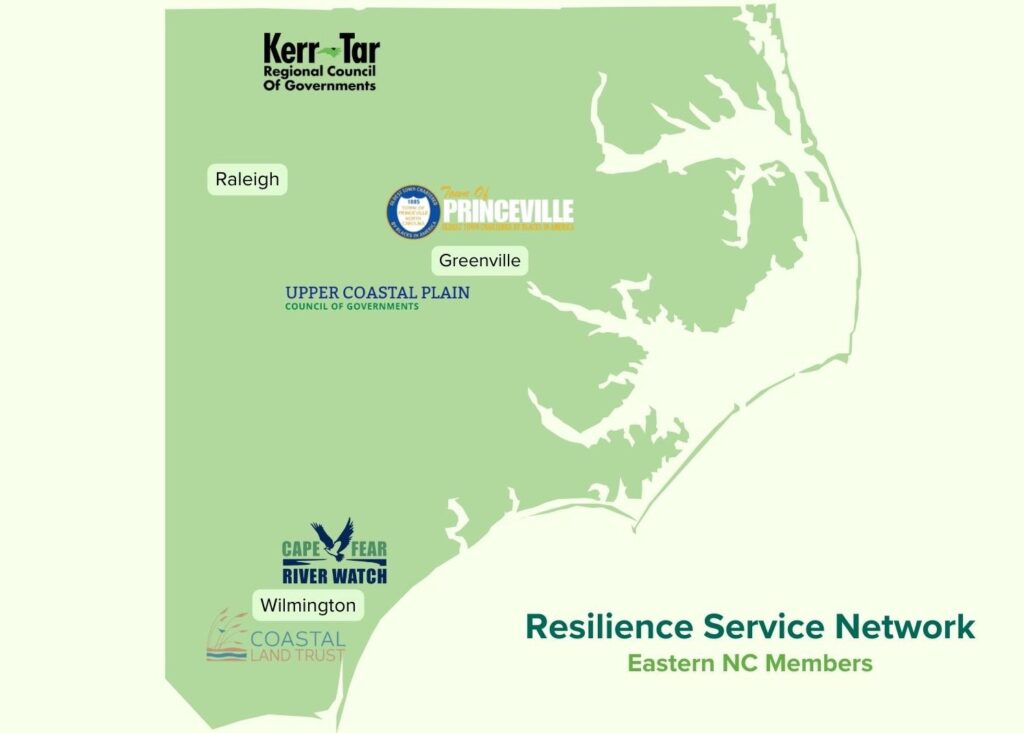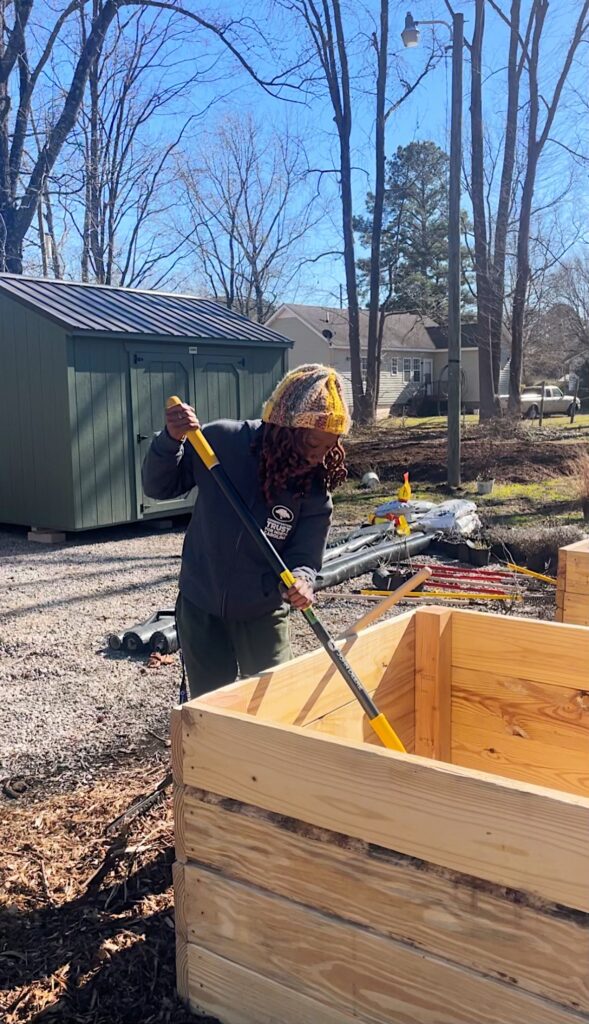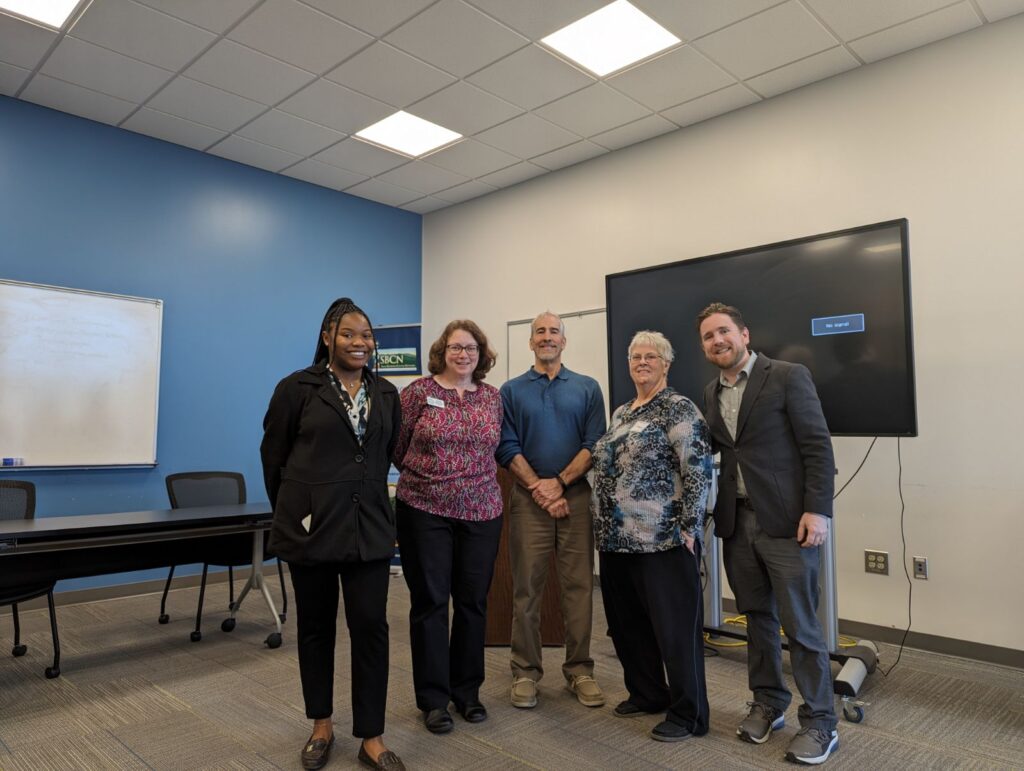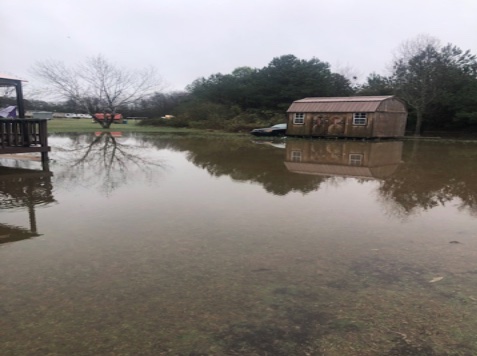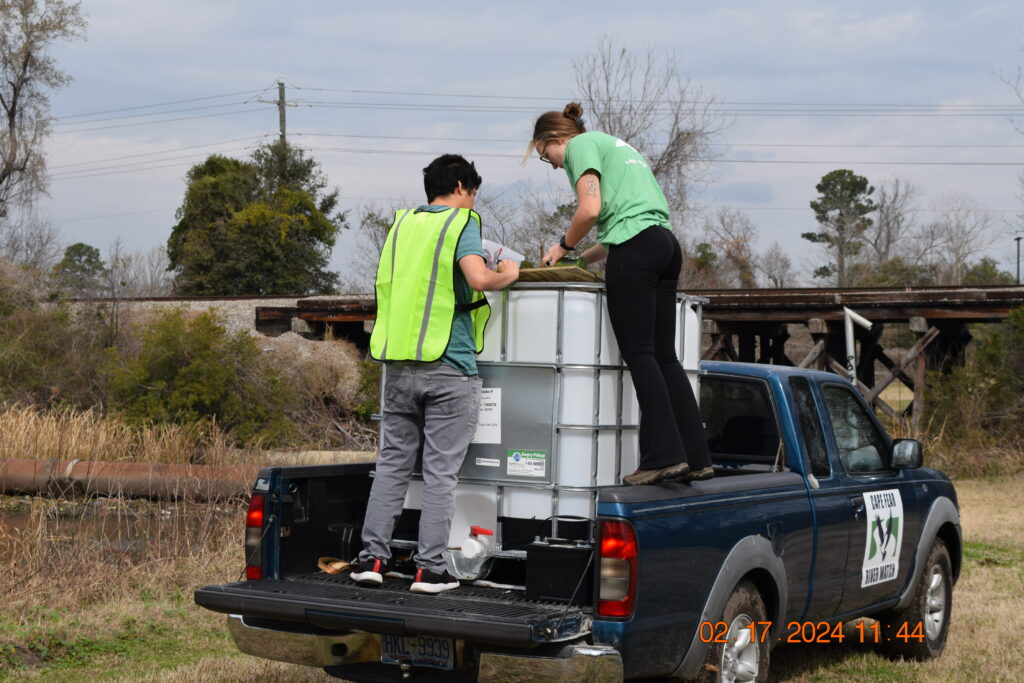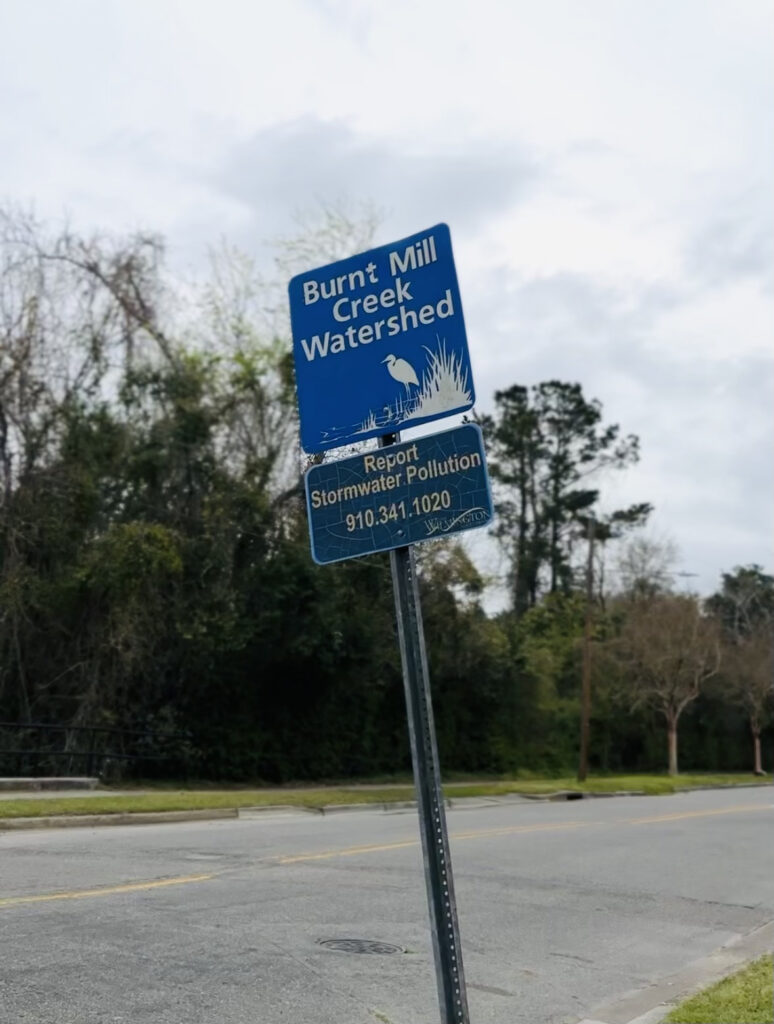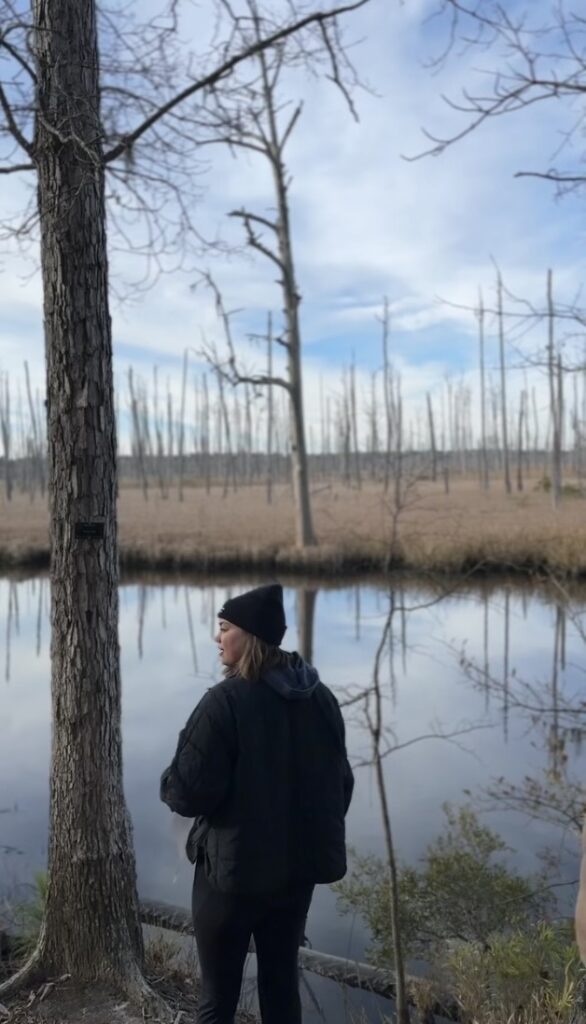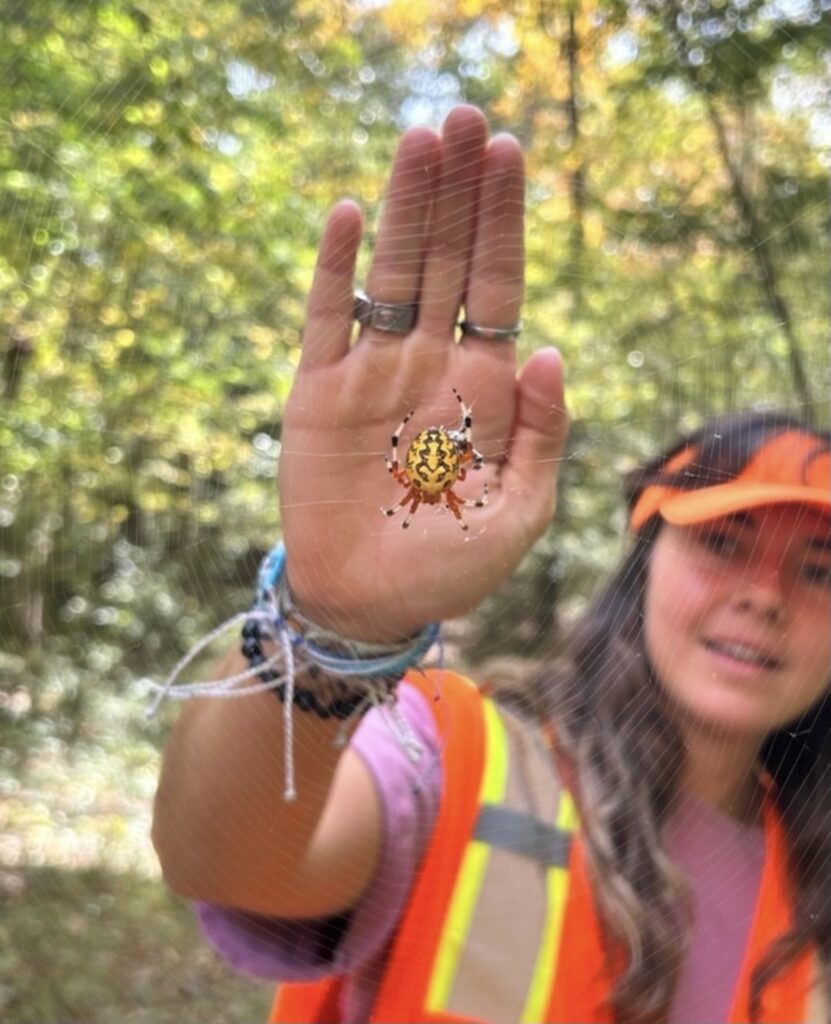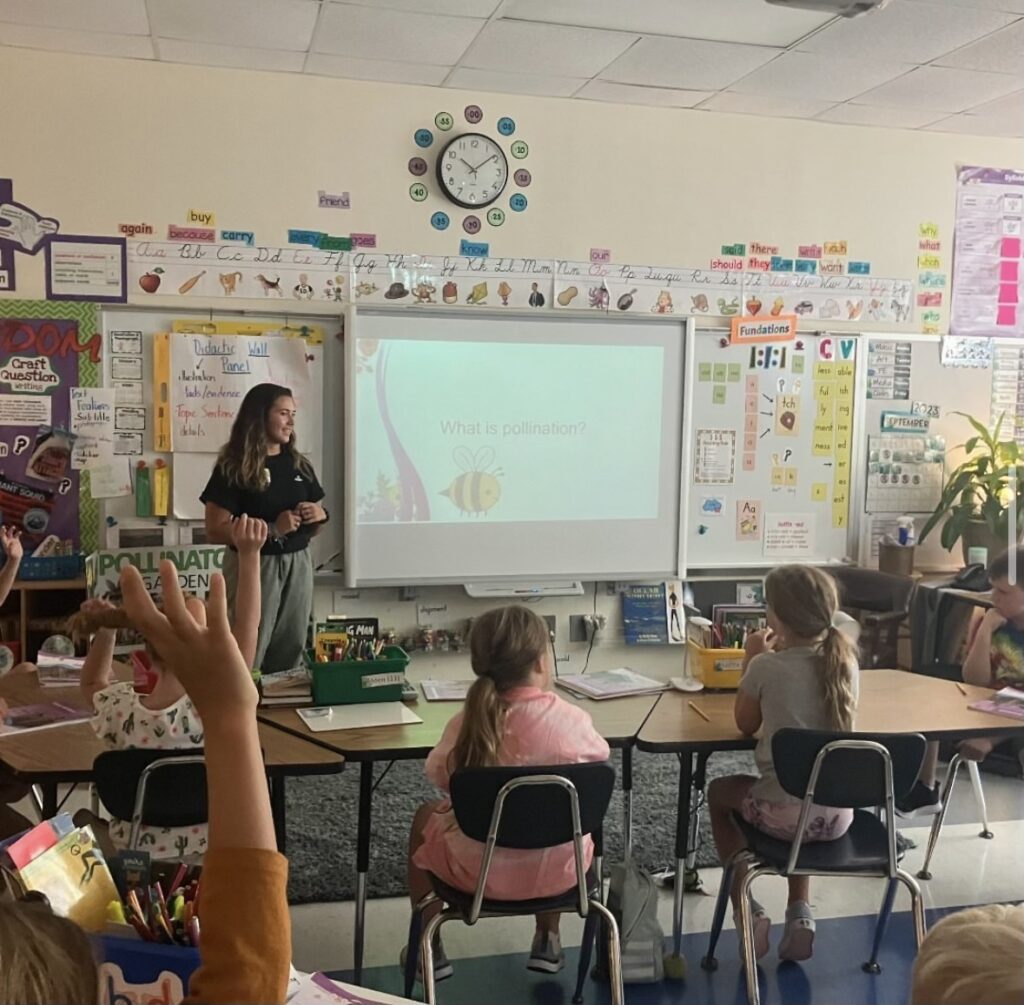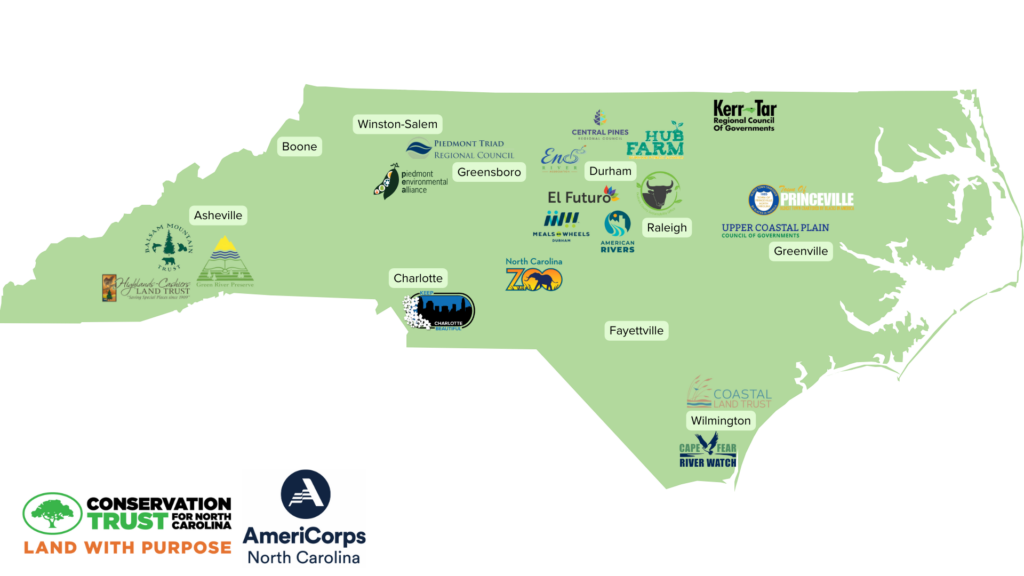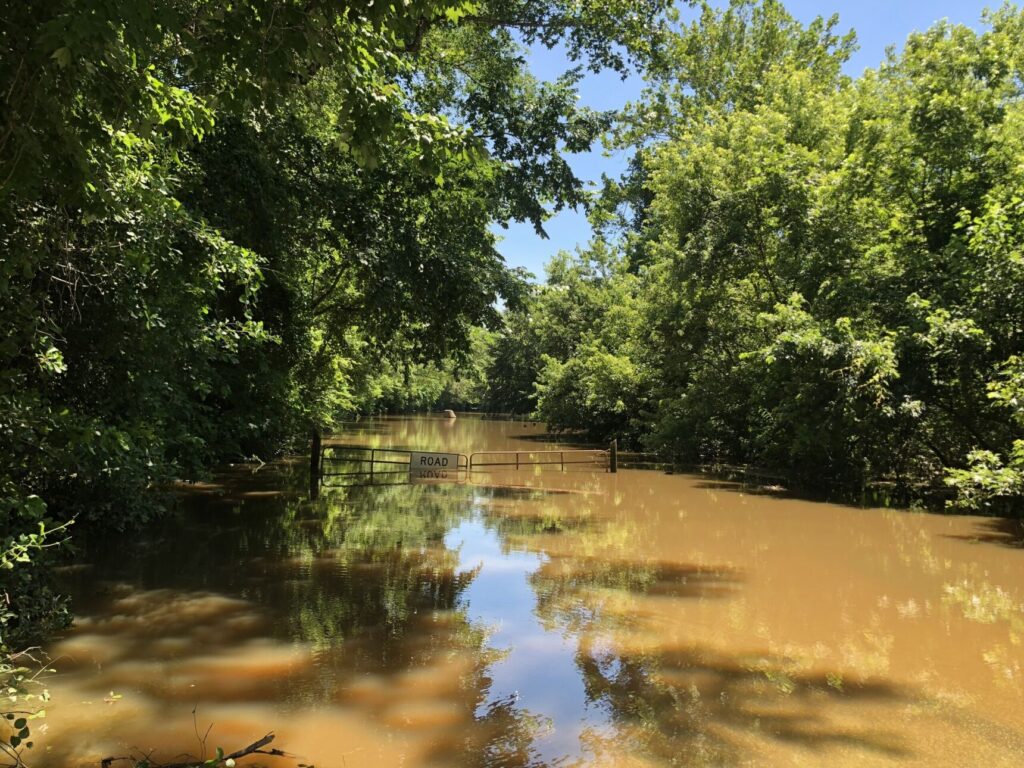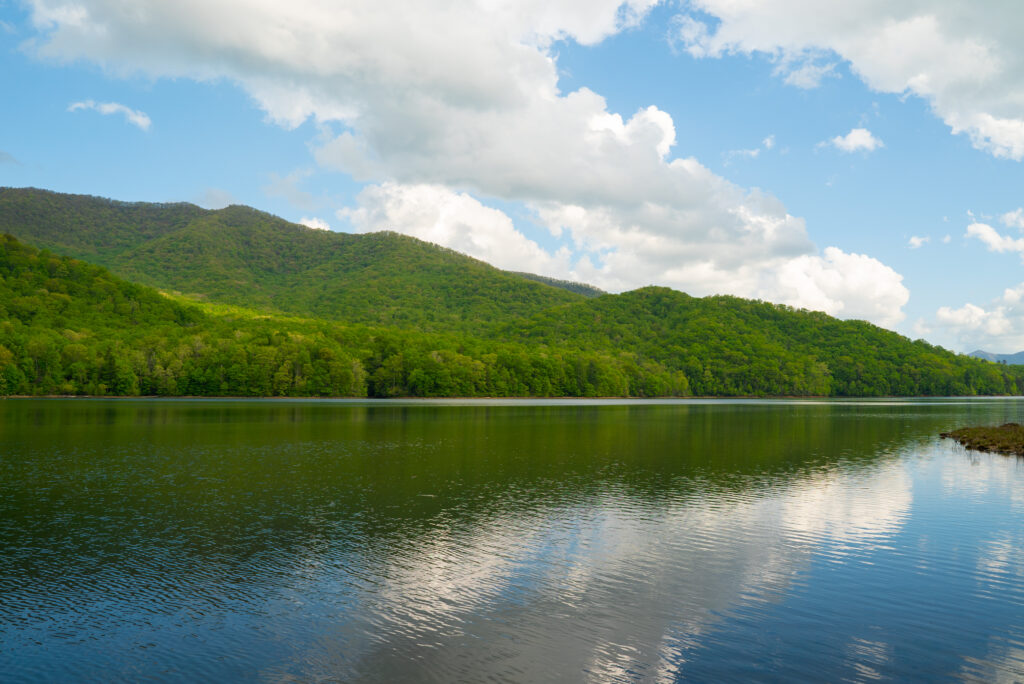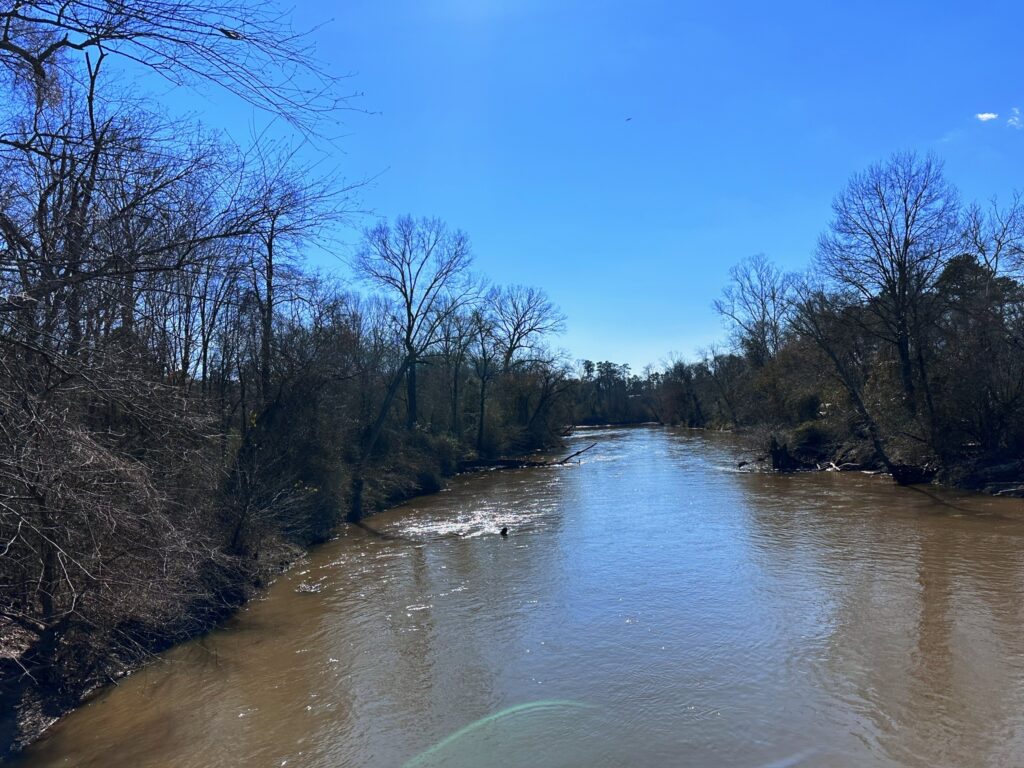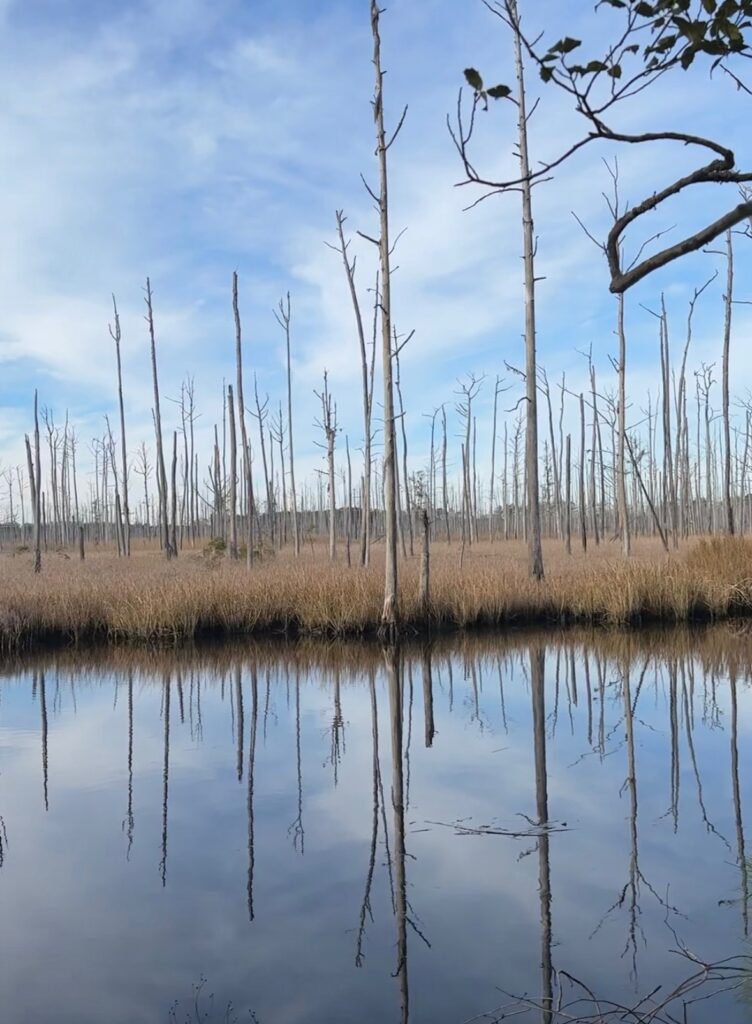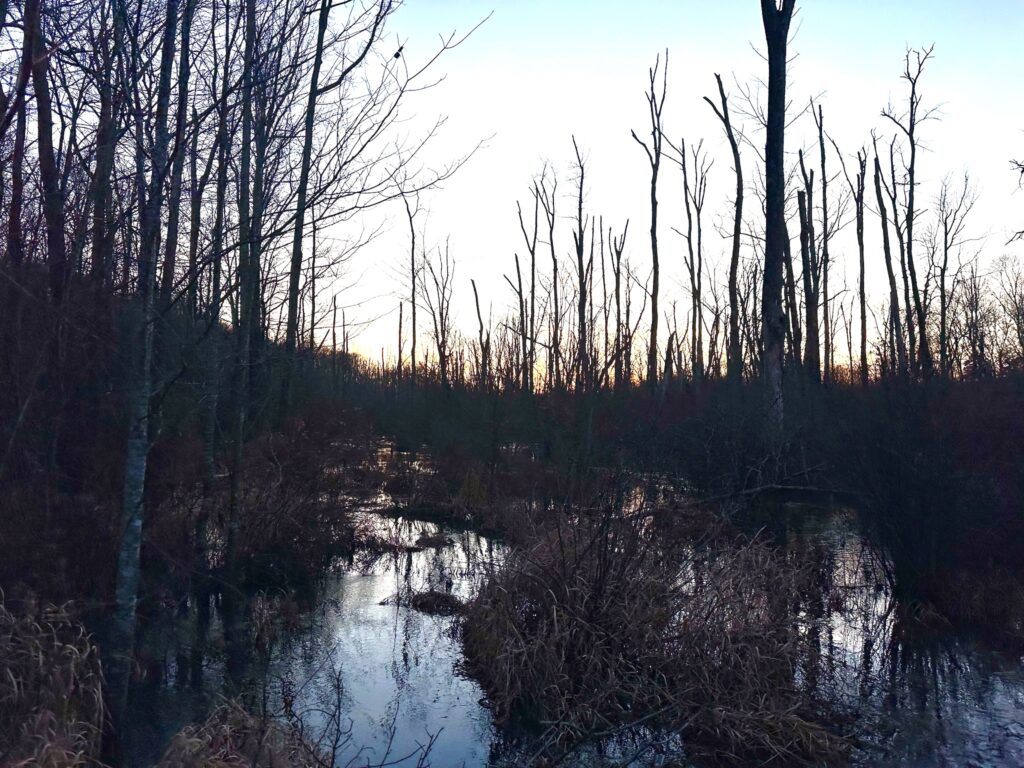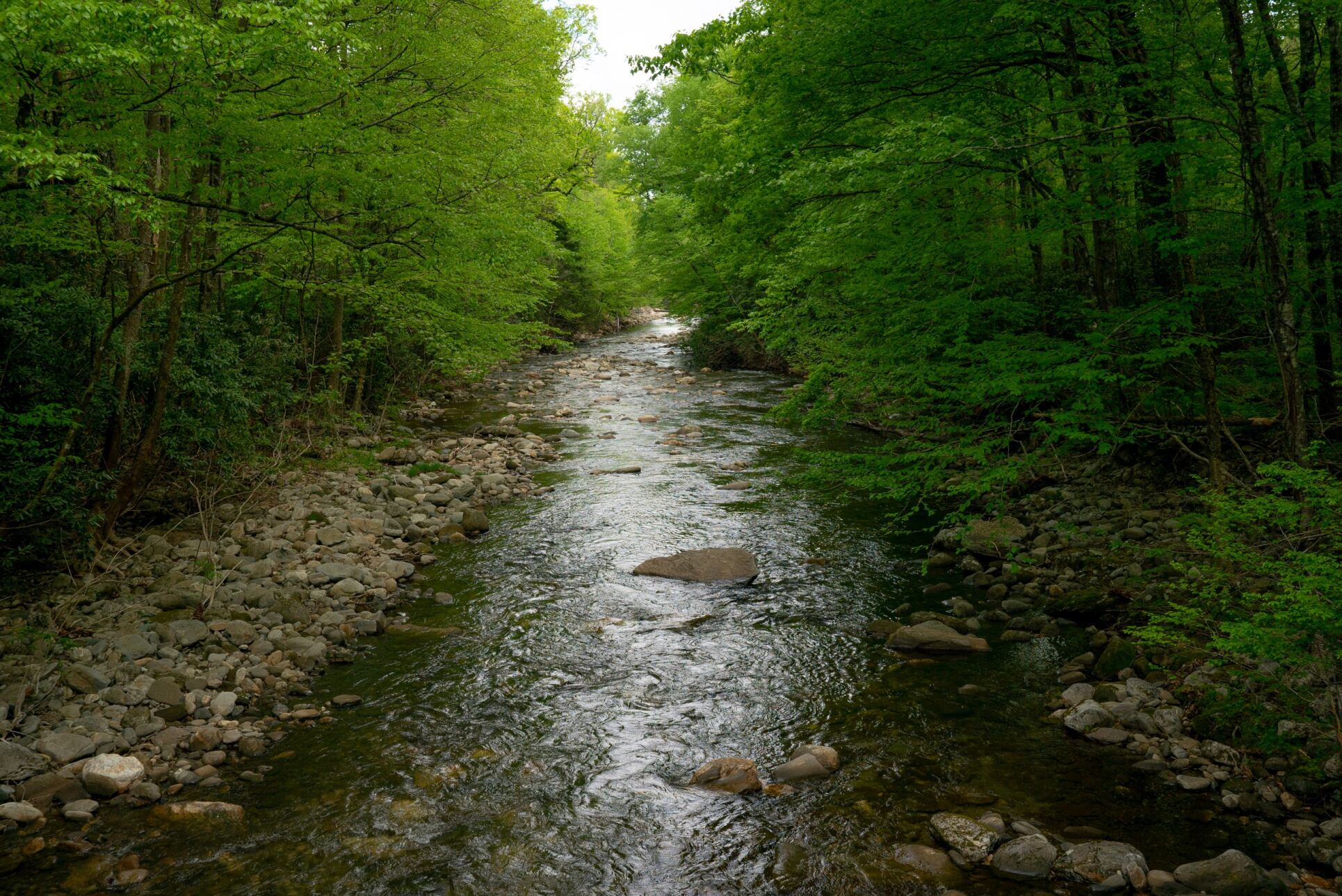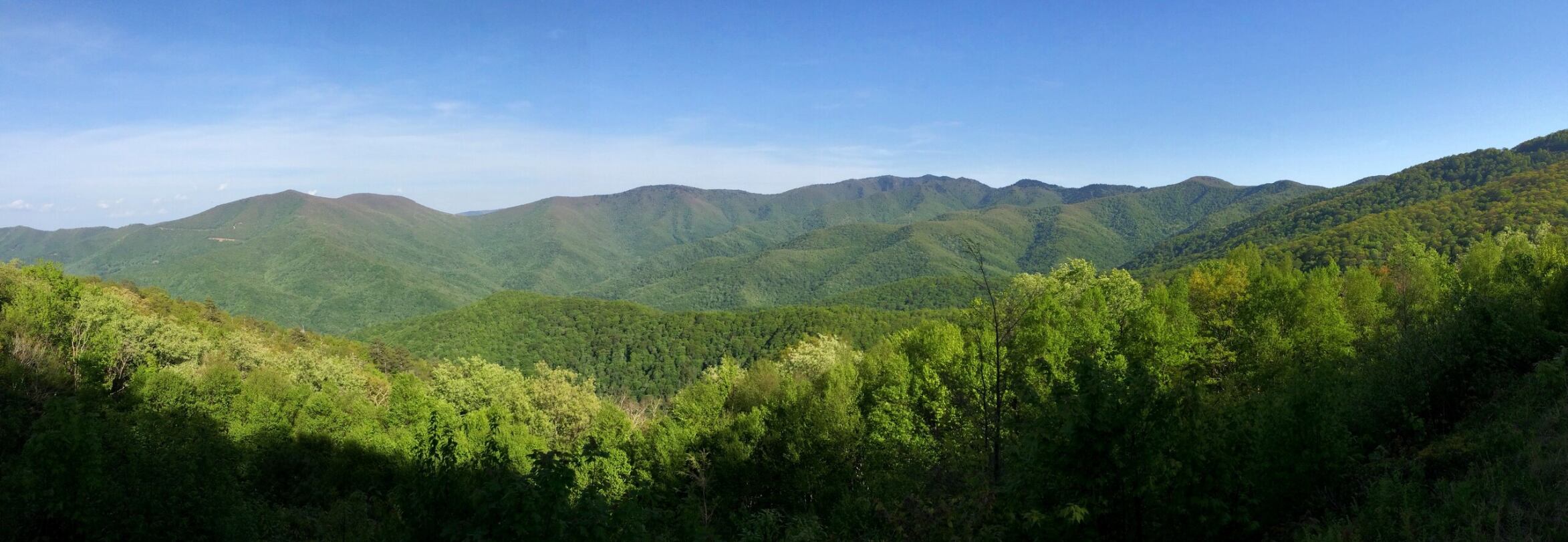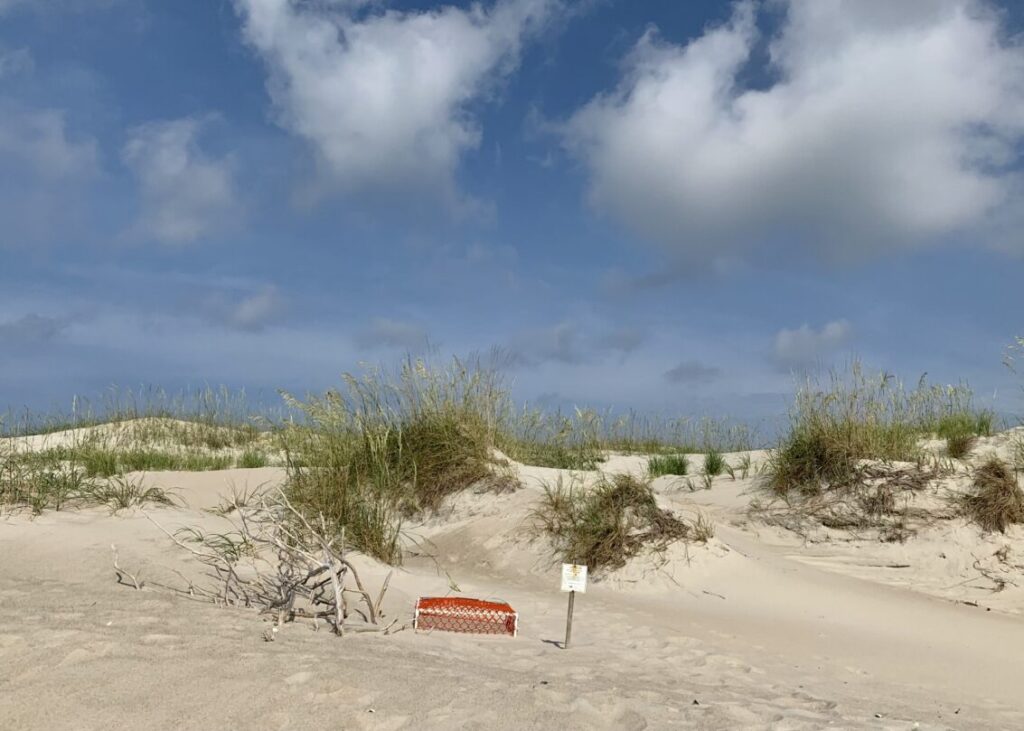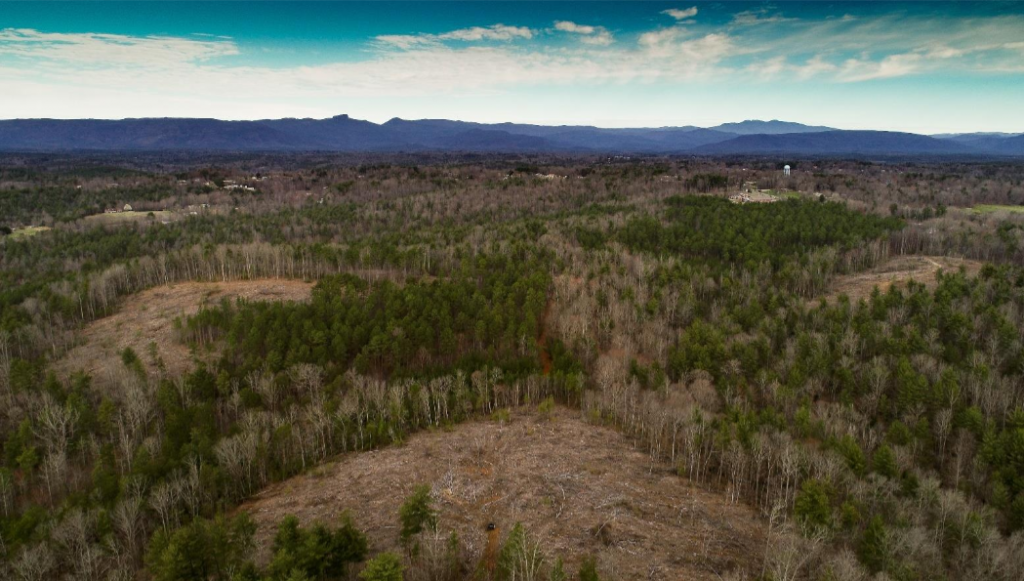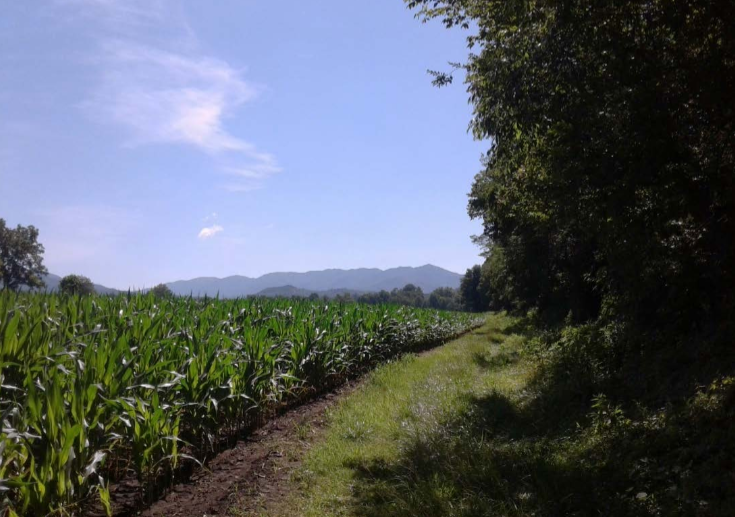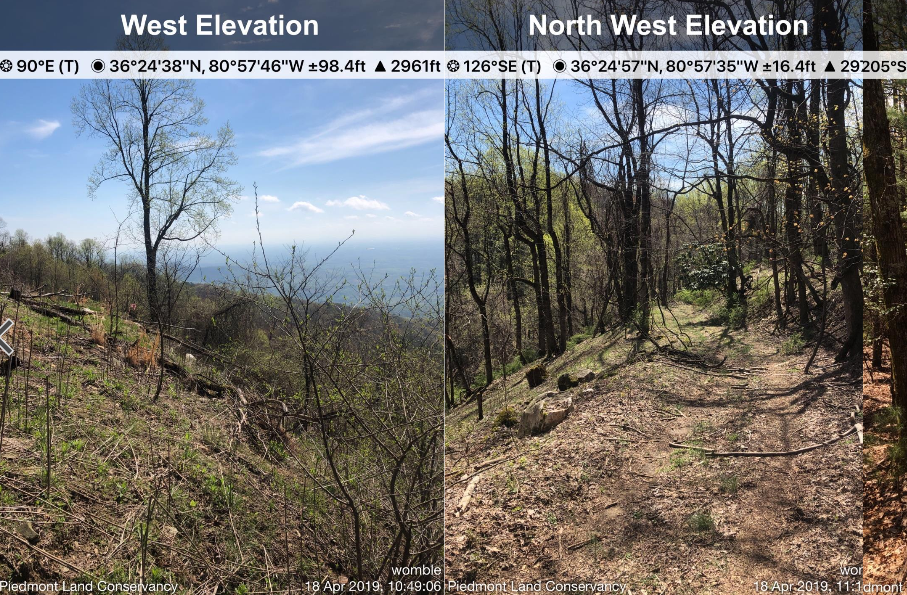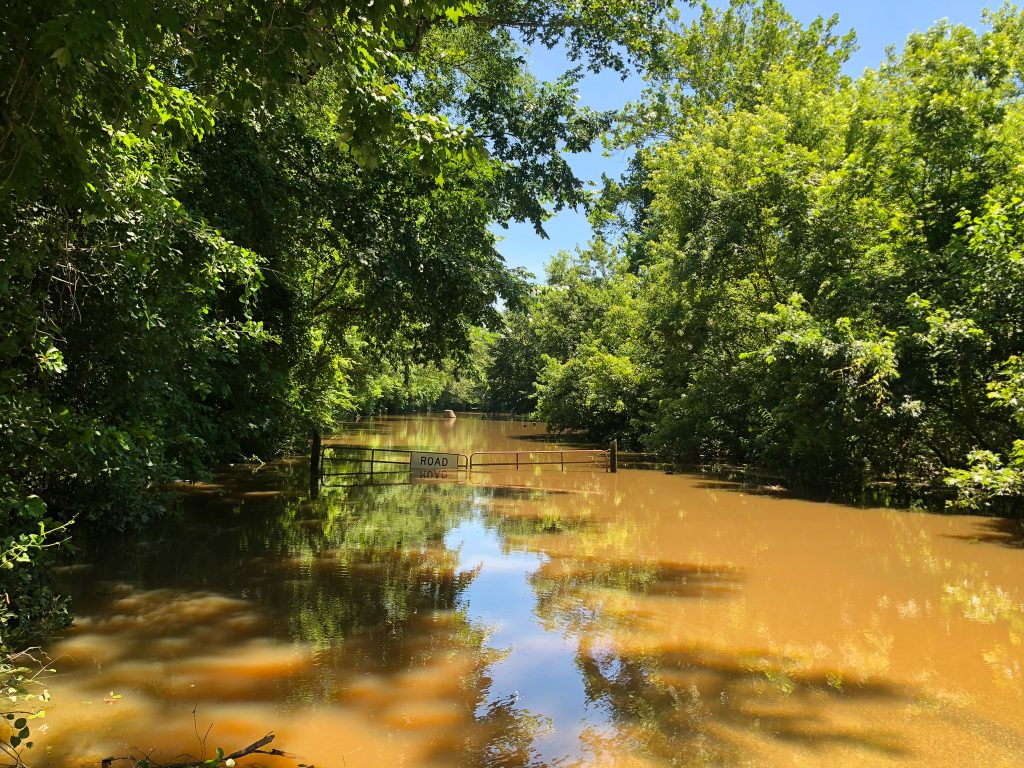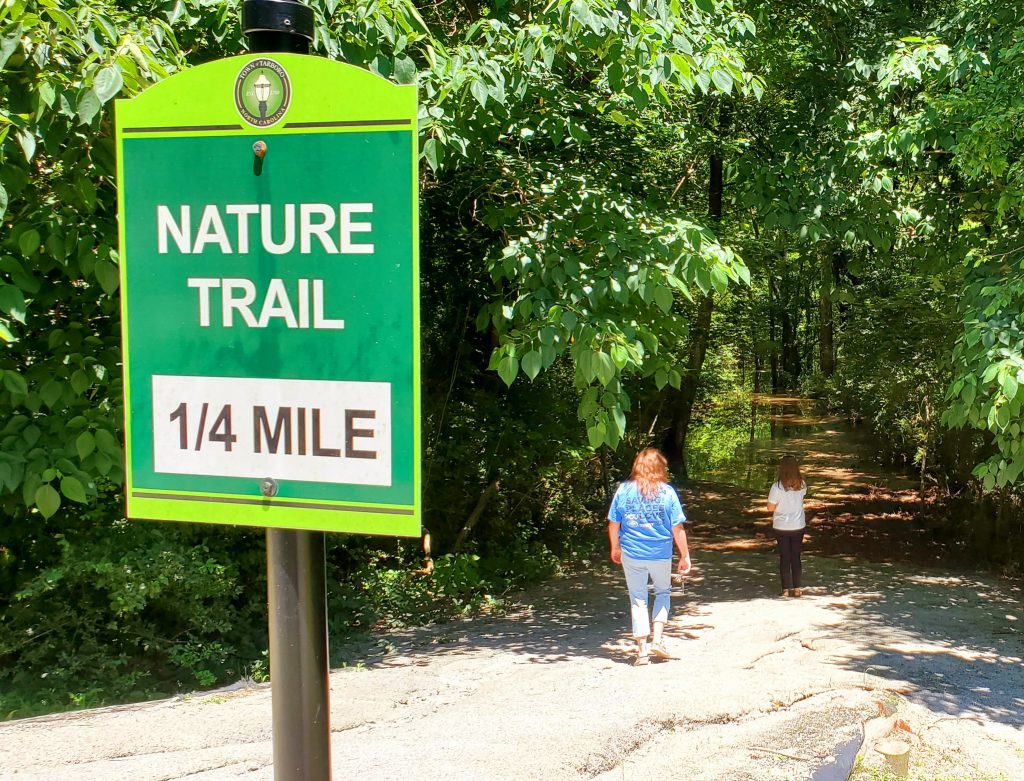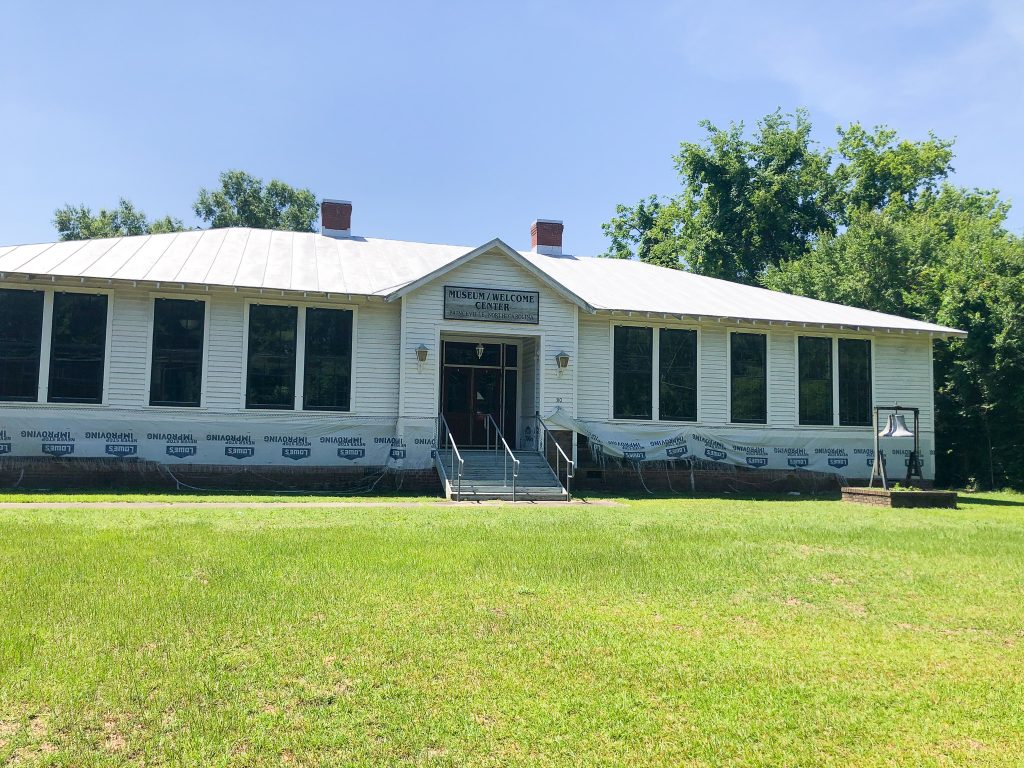Diving into the service work of AmeriCorps members advancing Central North Carolina community resilience
In the Piedmont region of North Carolina, thirteen Resilience Corps NC members are serving their local communities and supporting their resilience goals. Members are building capacity in their respective communities through environmental education measures, litter mitigation events and studies, increasing access to locally grown foods, and protecting various waterways and mitigating urban heat. Together with our partners, CTNC is utilizing AmeriCorps service to create a collaborative network tackling the needs of numerous communities across the state.
Through CTNC’s Resilience Corps NC AmeriCorps program, building capacity is more attainable. The placement of members directly contributes to the current and future projects of our conservation nonprofits and local government agency partners to benefit North Carolina.

Members Building Capacity in Central North Carolina
Austin Duncan: Central Pines Regional Council
Austin Duncan is serving as the Stormwater Education Coordinator for Central Pines Regional Councill. Austin has made significant strides in community outreach and environmental education, having reached over 1700 individuals across 16 different communities through direct educational efforts. As a participant in the NC Stream Watch Ambassadors Cohort, he has begun integrating its curriculum into his teaching plans. Austin has spearheaded the planning efforts for Regional Creek Week 2024, a weeklong series of events aimed at fostering connections between communities and their local waterways. One of the highlights of the regional event is the Wandering Water Map, a live photo map where participants can share their significant bodies of water.

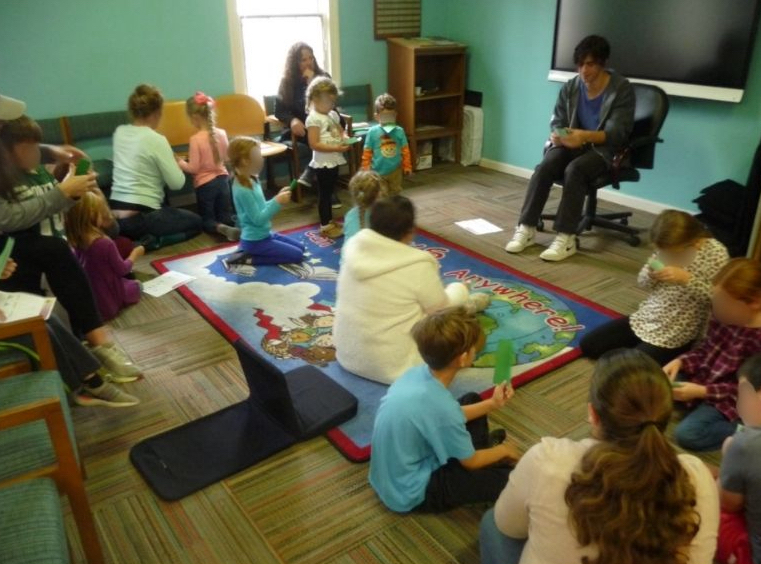
Tanya Balaji: Keep Charlotte Beautiful
Tanya Balaji is the AmeriCorps Engagement and Education Specialist for Keep Charlotte Beautiful, a city program offering waste reduction, litter prevention, and community beautification/greening projects and services for residents in Charlotte, North Carolina. As an AmeriCorps member, Tanya conducts outreach to various stakeholders in the community, with a focus on engaging with underserved and non-traditional communities. Some programs she focuses on are promoting and improving are as follows: Adopt-a-City-Street program, Adopt-a-Bus-Stop program, Corridors of Opportunity cleanups, Bee City events, America Recycles Day events, environmental education programming for elementary school students, and so much more!
As an individual with a passion for research and development, Tanya’s main project at KCB is currently helping the City of Charlotte pilot a litter study, in partnership with UNC Charlotte. The goal for this study is to analyze the composition and distribution of litter across the City, with the goal of using the data to determine what actions we can take to create a more sustainable future in Charlotte. This project will sample 381 road segments across the City and will take place with the help of volunteers. The study launches on April 1st, 2024, and will continue until January 2025.
Amongst organizing other regular programming events such as organizing litter cleanups and Bee City events to celebrate pollinators, Tanya is currently in the process of helping a local Title 1 elementary school create a beautification project to bring the community together, as part of the Great American Cleanup, a national initiative to beautify the environment and bring awareness to environmental stewardship.
For the remainder of her service term, Tanya is excited to continue growing the program and conducting outreach to underserved communities. She’s also hoping to spend more time engaging with the younger generation, to help shape them into environmental stewards who care for both their community and environment.
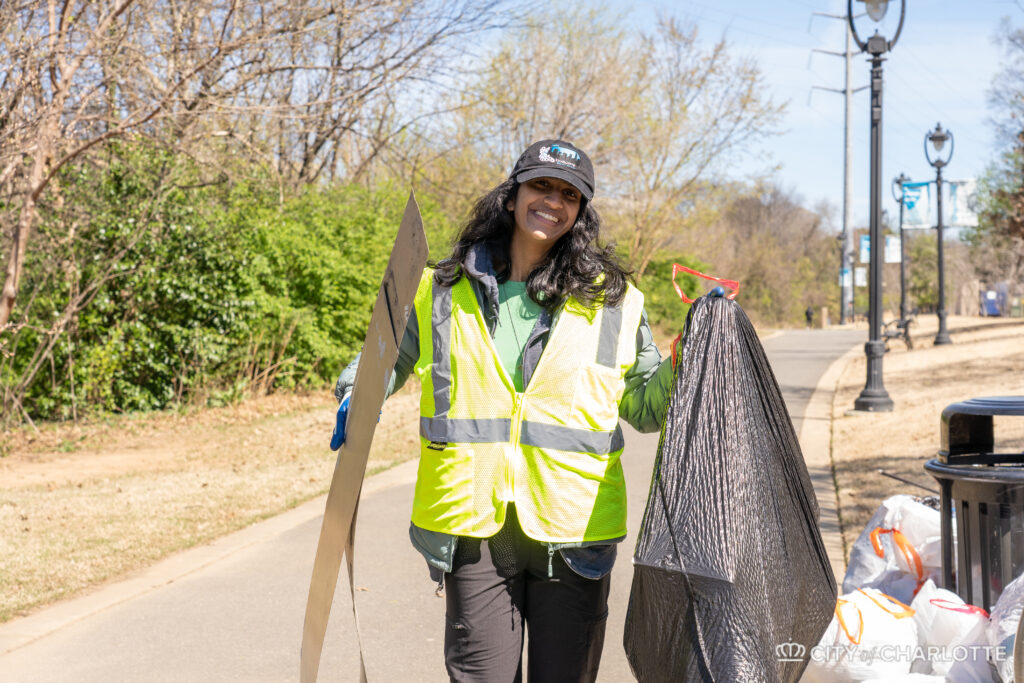
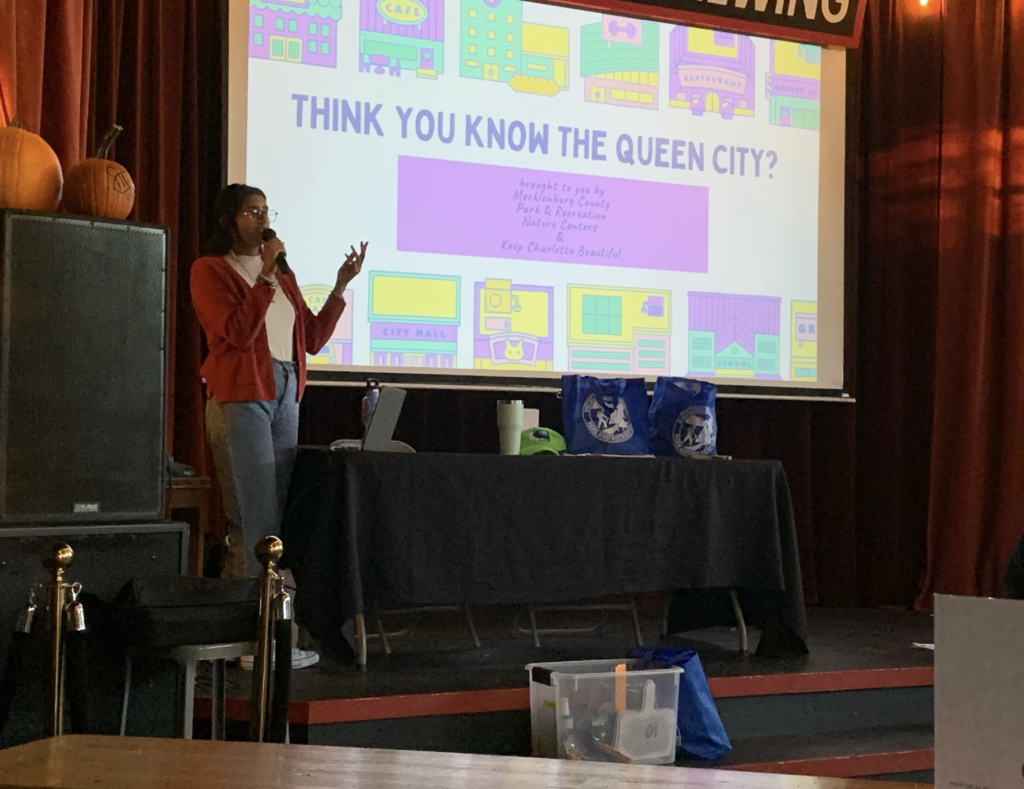
Cindy Rassi: El Futuro
Cindy Rassi serves as the Community Engagement and Therapeutic Green Space Coordinator for El Futuro. El Futuro provides support and services to the Latino community in North Carolina. The presence of green spaces is known to boost mental health, encouraging the need for these areas in the El Futuro property. Cindy’s initiative to enhance these areas allows for the community to gain a deeper connection and understanding to the natural world and conservation for our environment.
Cindy has achieved remarkable milestones during her service year, notably by boosting participation and programming, resulting in the doubling of participants and forging new collaborations with community agencies. Cindy is engaged in coordinating several upcoming events at her host site, including “Sembremos Juntos” (during Creek Week), “Un Dia a la Vez” (one day at a time), Niñitos de la Naturaleza (parent-child group-exposing kids to nature) and an Earth Day celebration for the community. Additionally, Cindy is conducting a Green Space Survey in the community. She is particularly intrigued about exploring the impact of Therapeutic Green Space on the mental health of the Latino community and crafting events and programs that address the community’s needs based on their input.
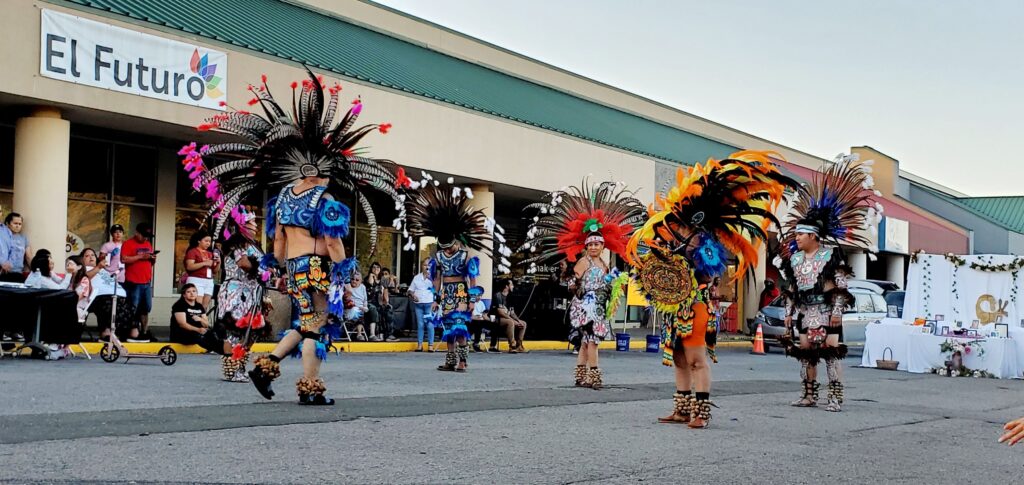

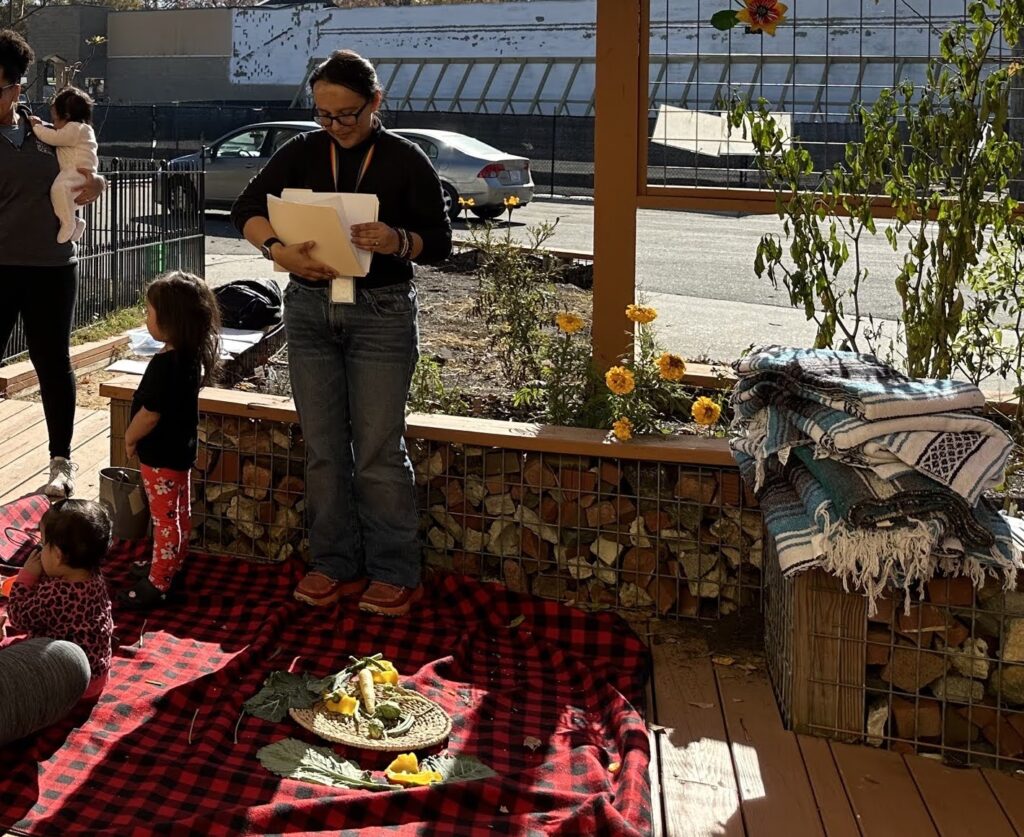
Sabrinah Hartsell: North Carolina Zoo
Senior Member
Sabrinah Hartsell is a senior member of Resilience Corps NC, with this service year being her second year serving at the North Carolina Zoo. Sabrinah is the Nature Rock’s, the NC Zoo’s afterschool programming, & Virtual Programming Assistant with a focus on serving those who are historically undeserved. Sabrinah provides nature connection, climate change, and STEM career programs for about 450 children.
Through collaborations with the Museum of Art, We Thrive Together, and other local organizations, Sabrinah assists in providing accessible programming to adults with developmental and vision disabilities.
Another role of Sabrinah’s is to help manage the North Carolina Zoo’s educational Facebook group called “Adventures in EdZOOcation”. With this page, she develops content for the group, coordinates with the Zoo’s communications team about the analytics of the group and determines how they use the group to educate online participants. Sabrinah is very passionate about the collaborative work she does with these communities and is very proud of how far the programs have come.

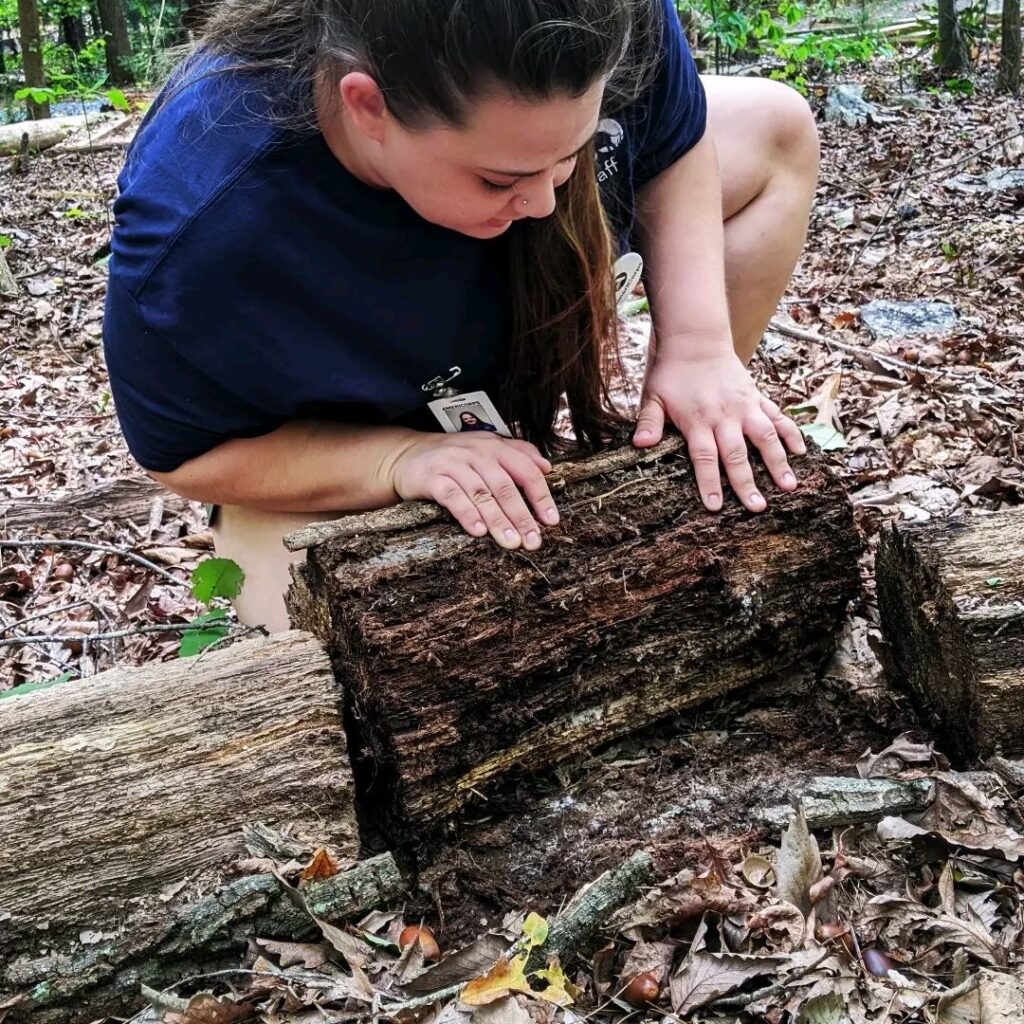
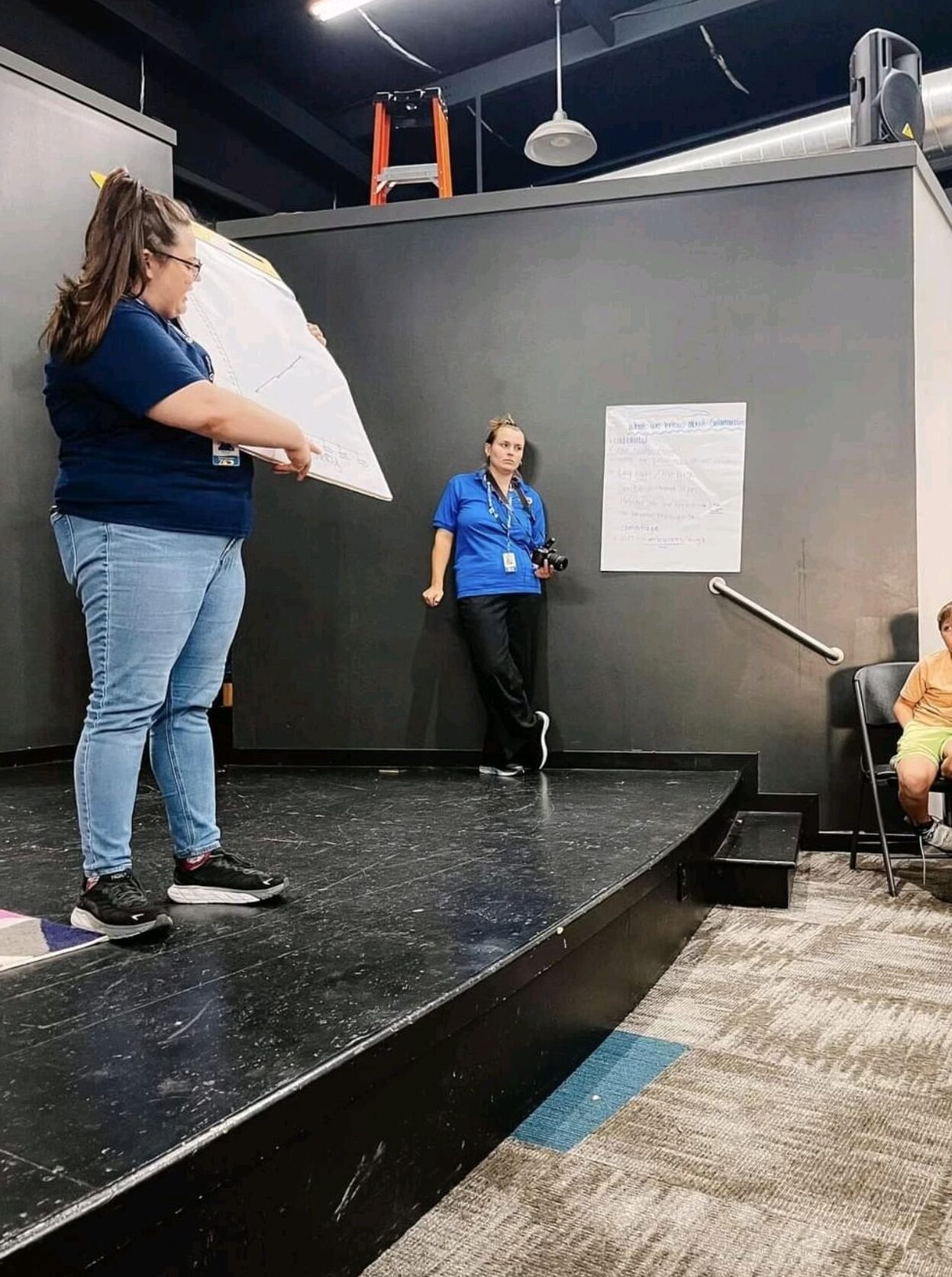
Christopher Perdomo: Piedmont Environmental Alliance
Serving as an Enviornmental Educator at the Piedmont Environmental Alliance (PEA), Christopher coordinates scheduling for Education Programs, engages in community event tabling, recruits and manages volunteers, and teaches 7th and 9th-grade students about Energy and Water conservation. Noteworthy accomplishments during his service year include educating over 2000 Title 1 students on water and energy conservation. Christopher also organized an Environmental Debate Tournament for high school students involving 93 participants from 12 different schools across three counties.
Christopher is focused on organizing the Environmental Debate Tournament Finals as part of PEA’s Free Earth Day Fair celebration. He finds great excitement in regularly visiting classrooms and witnessing the students’ enthusiasm for science class, making it a highlight of his service year.
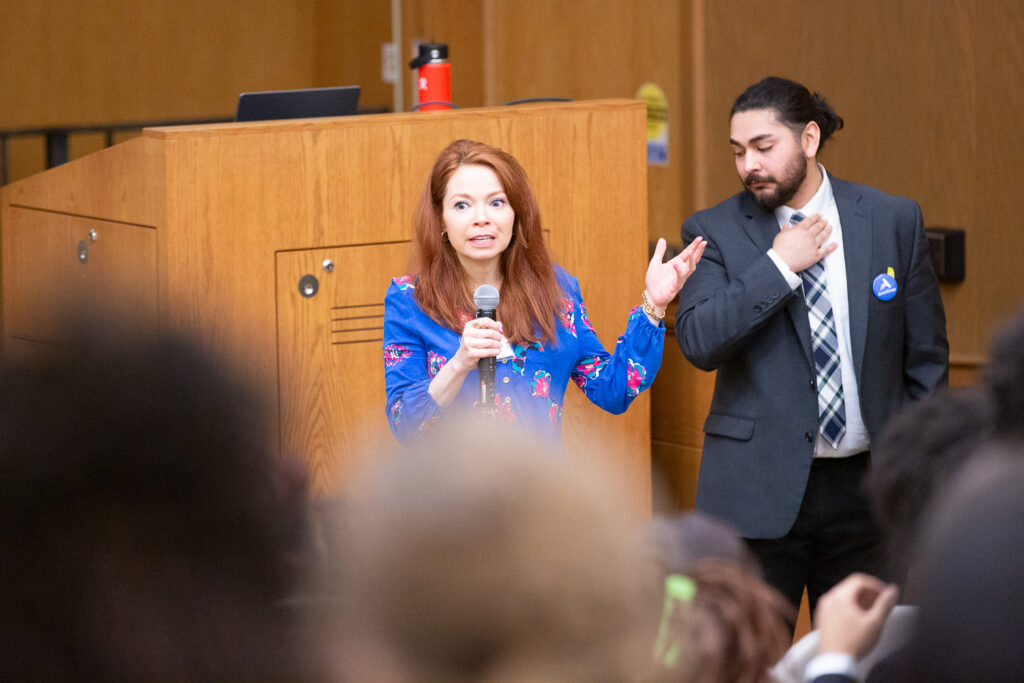

Haley Bock: Piedmont Triad Regional Council
Senior Member
Haley Bock is a senior member of Resilience Corps NC and is serving her second year of service at the Piedmont Triad Regional Council (PTRC) as an Environmental Educator. Haley plays a crucial role in implementing environmental science programs at Title 1 schools, covering topics such as soil and water conservation, freshwater ecosystems, and the water cycle.
Throughout the service year, Haley has made significant achievements, having educated over 2,300 individuals through stormwater education initiatives and nearly completing her Environmental Educator Certification.
Currently, her focus is on forming an environmental committee to promote sustainable practices within the PTRC office, organizing Creek Week programs, and scheduling summer reading programs. She eagerly anticipates receiving her Environmental Educator Certificate, marking a milestone in her service year journey.
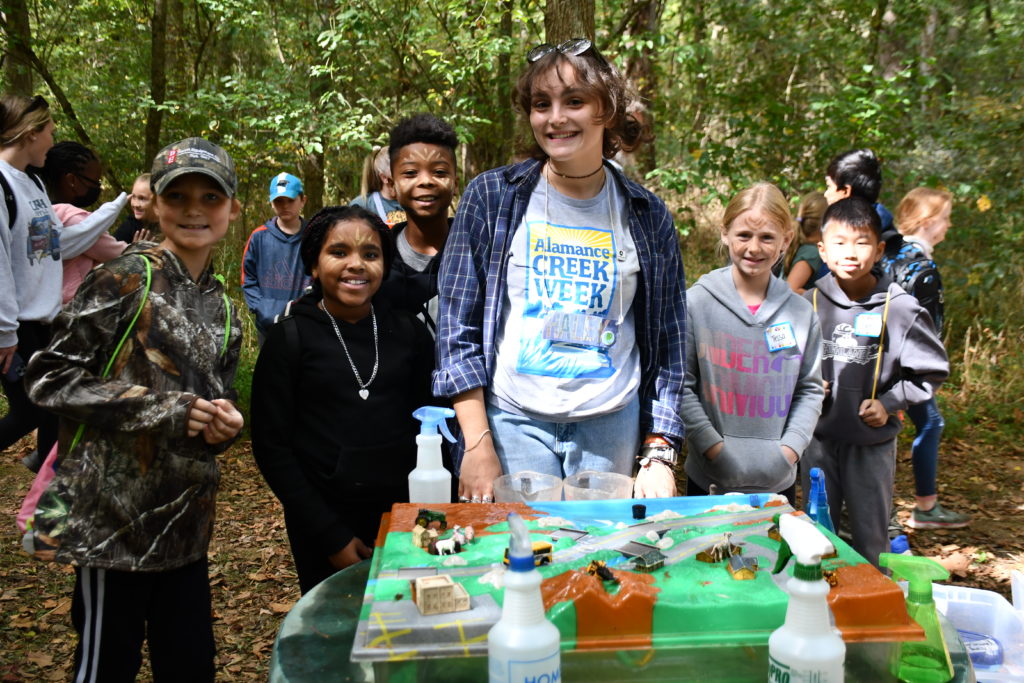
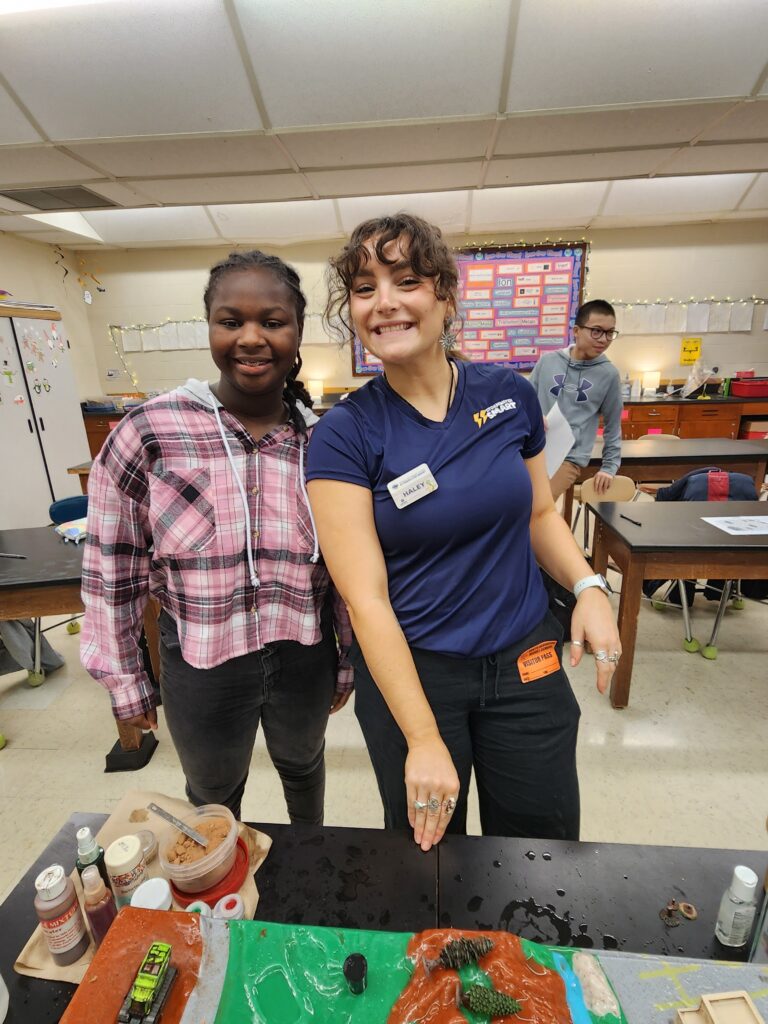
Rae Cohn: Hub Farm
Rae serves as an Environmental Educator focused on K-12 field trips, internships, and summer camps at the Durham Public Schools Hub Farm. Rae is also a steward of the Hub Farm’s 30-acre property, which includes a garden, orchard, wetland and forest habitats, with chickens, rabbits, an apiary, farm cat, and plenty of wildlife.
Rae also facilitates several community collaborations including a tri-yearly plant giveaway for school and community gardens in Durham (UCAN, El Futuro, etc.), the Farm to School initiative with the Durham County department of Public Health, a collaboration with the Latin American Consortium of Duke/UNC, and a collaboration with the Resilience Curriculum project at Duke/NCSU.
Rae has developed several programs and collaborations in a way that the Hub Farm did not have capacity for before, including developing curriculum and programming for field trips (resilience curriculum, soil testing, water quality, shad in the classroom), new and increased community partnerships (an afterschool program at Eno Valley Elementary, 4H club with NC State Cooperative Extension, and partnerships with UCAN, El Futuro, F2S, LAGC), and stewarding our non-human community with new seed solicitations, culturally relevant heirloom crops (indigenous foods, and geography themed beds for LAGC and African-American foodways), a new vermicomposting system, bunny ramps, mobile chicken coop, and fish aquaculture capacity.
Rae is also undergoing a fisheries restoration project with the NC Museum of Natural History called “Shad in the Classroom”, where they rear juvenile fish larvae to release in the Neuse River and is hosting a fishing event at the end of April to celebrate aquatic foods. Rae is excited to use these resources to support their local community’s growth, both through food and environmental education as well as physical garden resources.
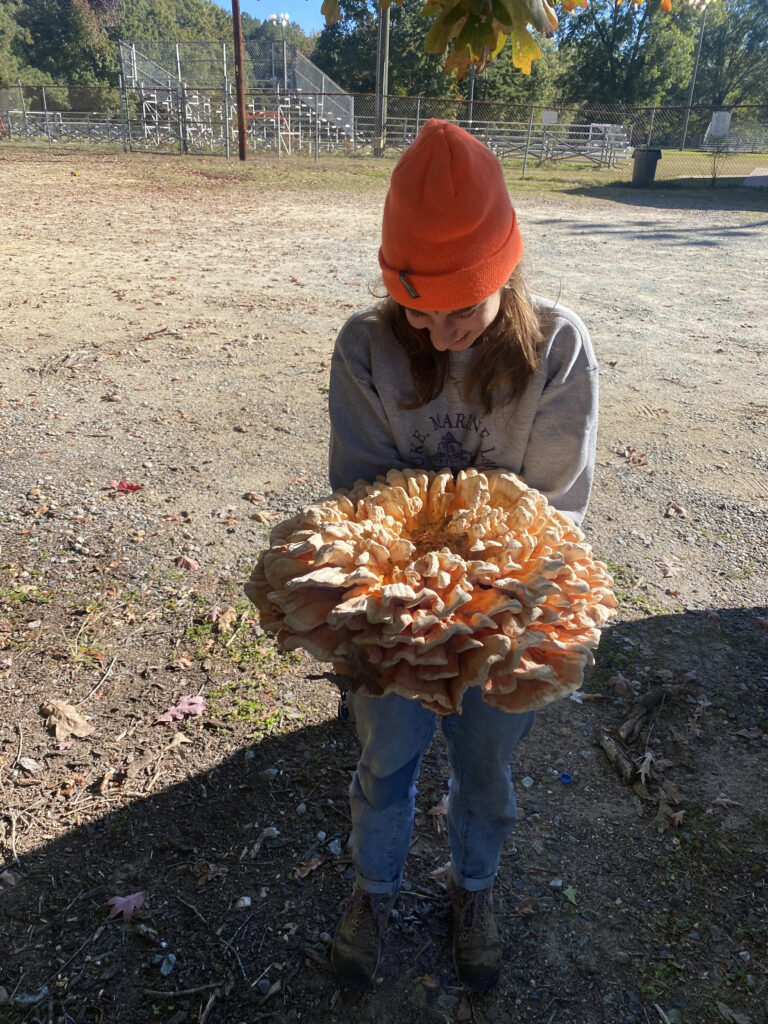
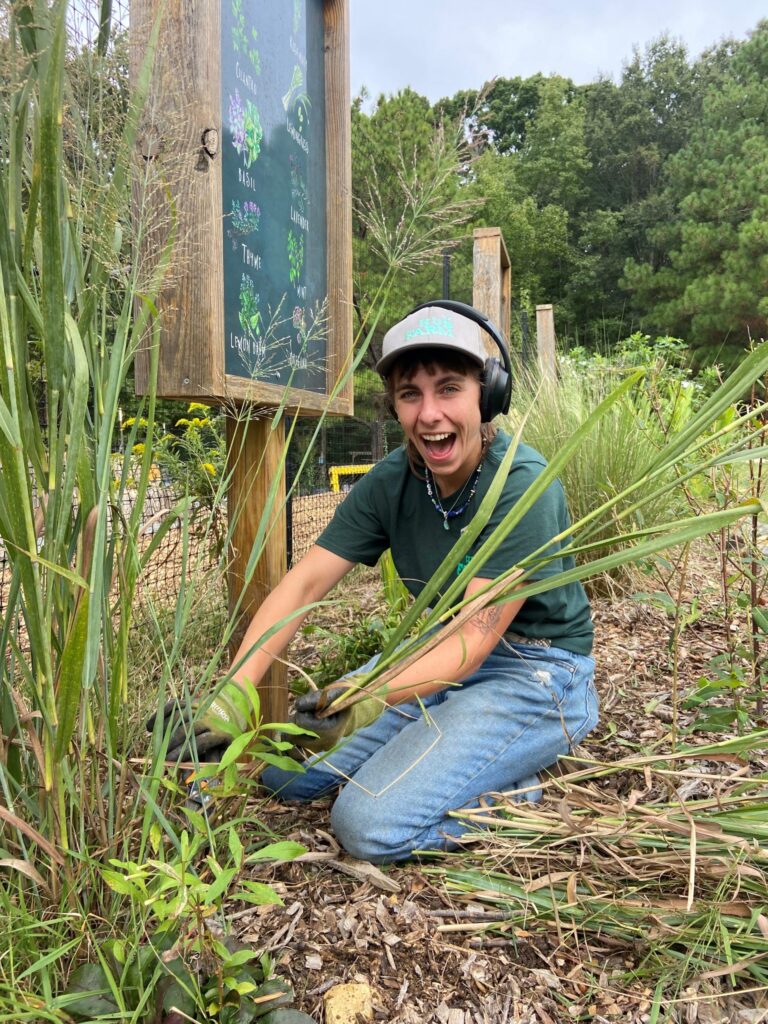
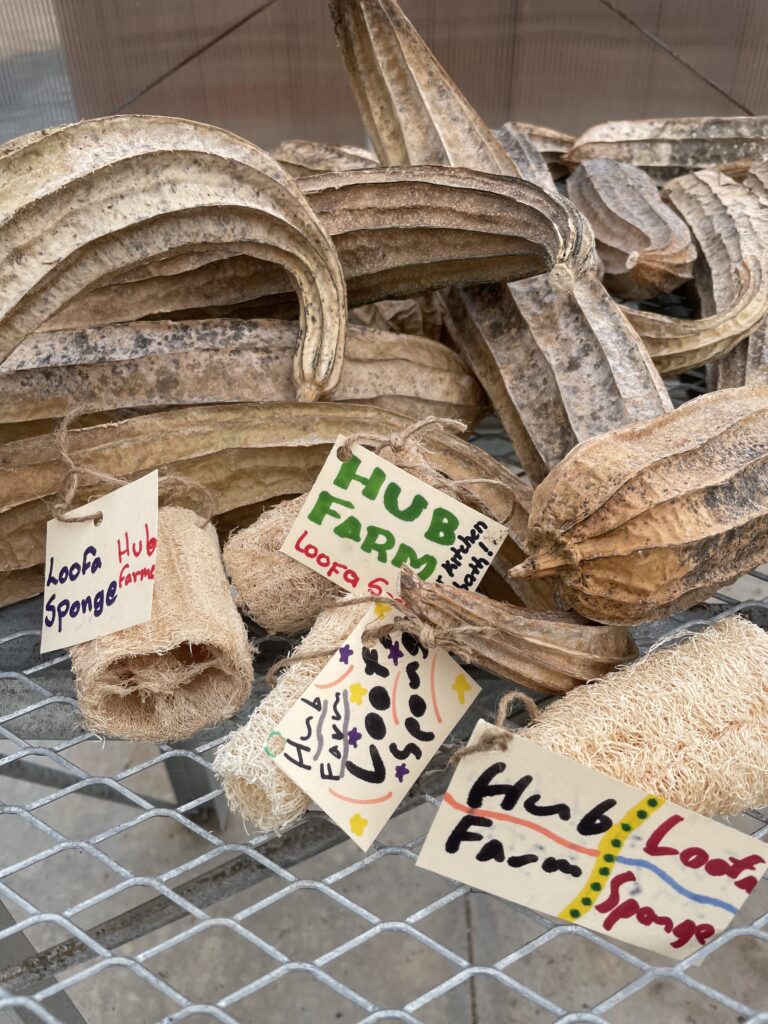
Anna Behnke: Conservation Trust for North Carolina
Anna is serving as the Communications & Outreach Associate for Conservation Trust for North Carolina. Anna plays a collaborative role as both a Resilience Corps NC member and working closely with CTNC staff on communications needs and outreach measures.
Throughout her service term, Anna has travelled throughout the state to meet with fellow Resilience Corps NC members. During these trips, Anna learns more about each member’s role and gathers content to share with CTNC’s supporters and beyond. Anna also assists in creating the content for CTNC’s blogs, website, emails and social media platforms.
From the mountains to the coast, Anna enjoys travelling to display the diverse service contributions from the members in her cohort and the climate resilience work of CTNC. She has visited with Lauren Waibel from NC Coastal Land Trust, Tykia Lewis from the Town of Princeville, Lauren Howard from Green River Preserve, Tanya Balaji from Keep Charlotte Beautiful, Hannah Nystrom from Cape Fear River Watch and Rae Cohn from The Hub Farm so far.
Communicating the interworking of Resilience Corps NC is crucial to show others the monumental strides in community resilience that occur from the presence of AmeriCorps member placements.
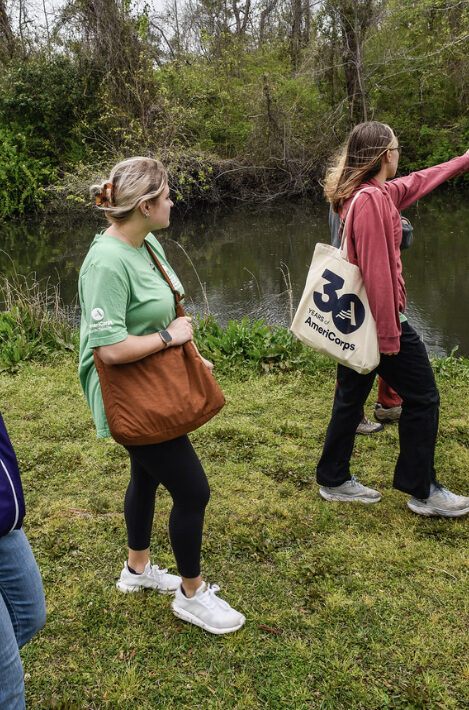

Ellen Davis: Central Pines Regional Council
Ellen Davis is serving as a Community Development AmeriCorps Member at the Central Pines Regional Council. Ellen is actively involved in assisting low-income homeowners within Wake, Durham, Orange, Chatham, Lee, Moore, and Johnston Counties. Her role within the Housing Focus Area entails connecting homeowners with repair resources, conducting research on housing-related topics, and administering housing grant funding.
Throughout her service year, Ellen has contributed to streamlining and standardizing home repair processes, facilitating quicker service delivery to homeowners. She has also successfully connected applicants with various resources to address diverse needs, including temporary space heaters, grants for children with autism, and domestic violence support groups.
Currently, Ellen is managing six different projects aimed at serving approximately 70 homeowners across four counties, with repair costs ranging from $8,000 to $40,000. One of the most rewarding aspects of her service is witnessing the positive impact of completed repair projects on homeowners’ physical and mental well-being. Ellen finds joy in seeing “After” photos of completed projects, signifying tangible improvements in people’s lives.

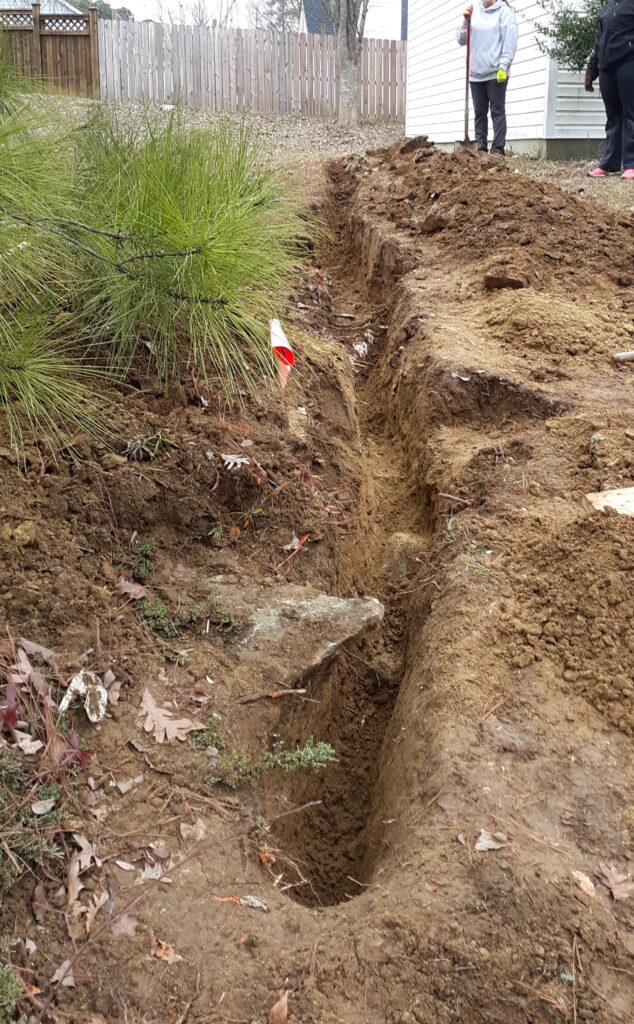
Grace Sigmon: North Carolina Zoo
Senior Member
Grace is a senior member of Resilience Corps NC and is in progress of her second service year at the North Carolina Zoo. Grace serves as the Natural Areas Conservation Educator, where she educates the public on the biodiversity of North Carolina. Her endeavors include leading guided hikes for local groups in Asheboro, conducting environmental education programs for after-school groups, and participating in wildlife surveys at the Zoo.
Additionally, Grace contributes to trail and land management projects at the NC Zoo-owned nature preserves. Grace collaborates with NC Zoo staff on citizen science projects such as NestWatch observations and NC Bird Atlas observations, aiming to involve colleagues in conservation efforts and ensure project continuity beyond her service year.
Grace also assists her supervisor in monitoring salamanders during the breeding season at offsite properties, contributing to species identification and population baseline data. She is passionate about leading guided hikes for after-school groups, partnering with fellow AmeriCorps member Sabrinah Hartsell to offer outdoor experiences to children from the Dream Center after-school program. Grace finds joy in witnessing the children’s enthusiasm for exploring nature trails and eagerly anticipates hosting their group again for future trail programs.
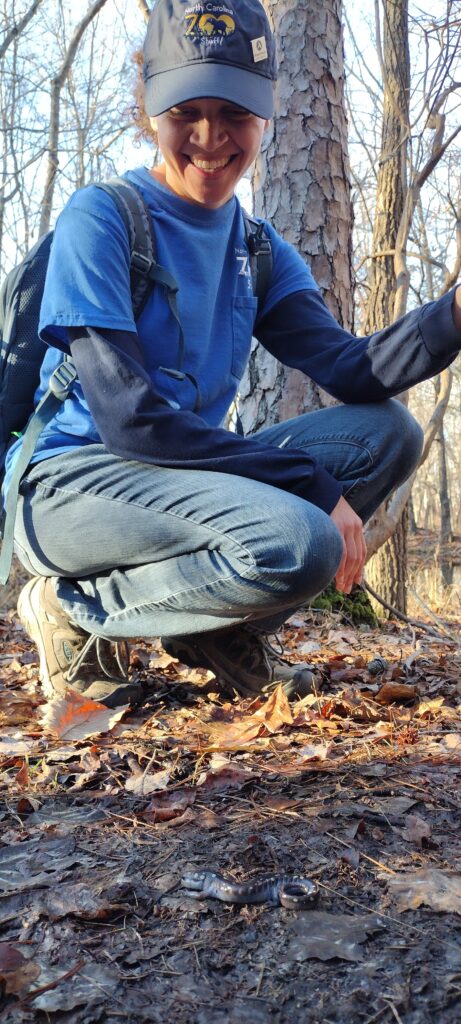
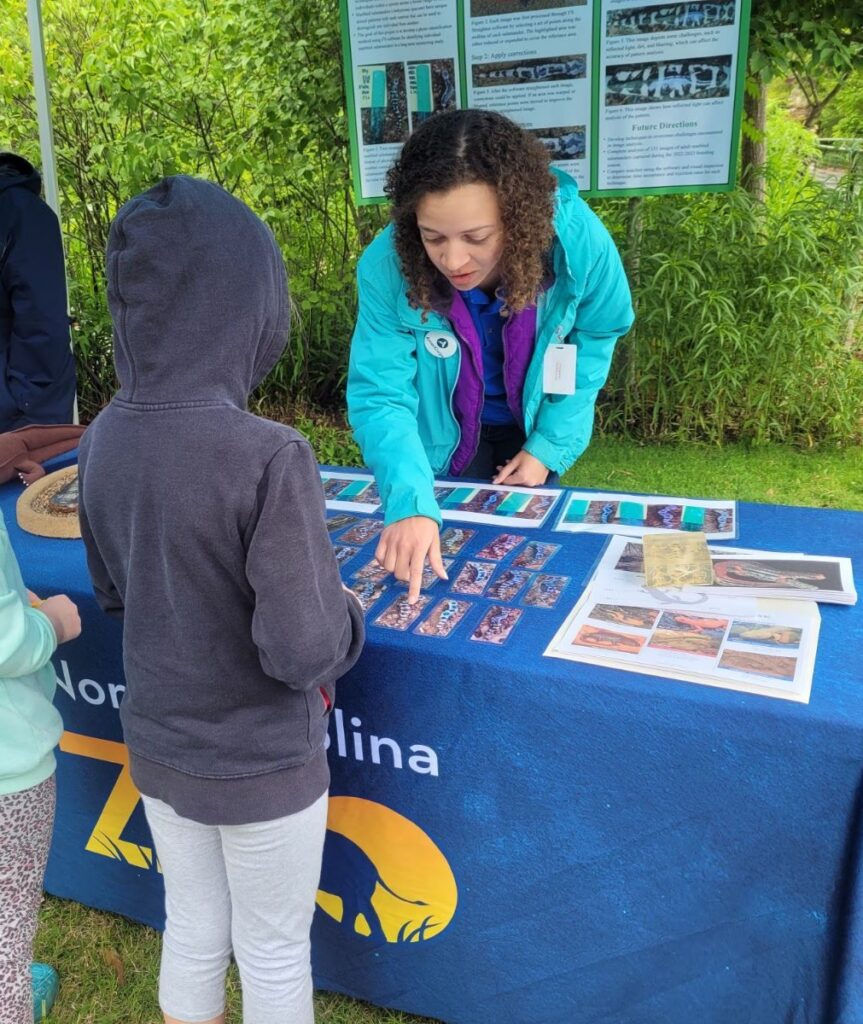
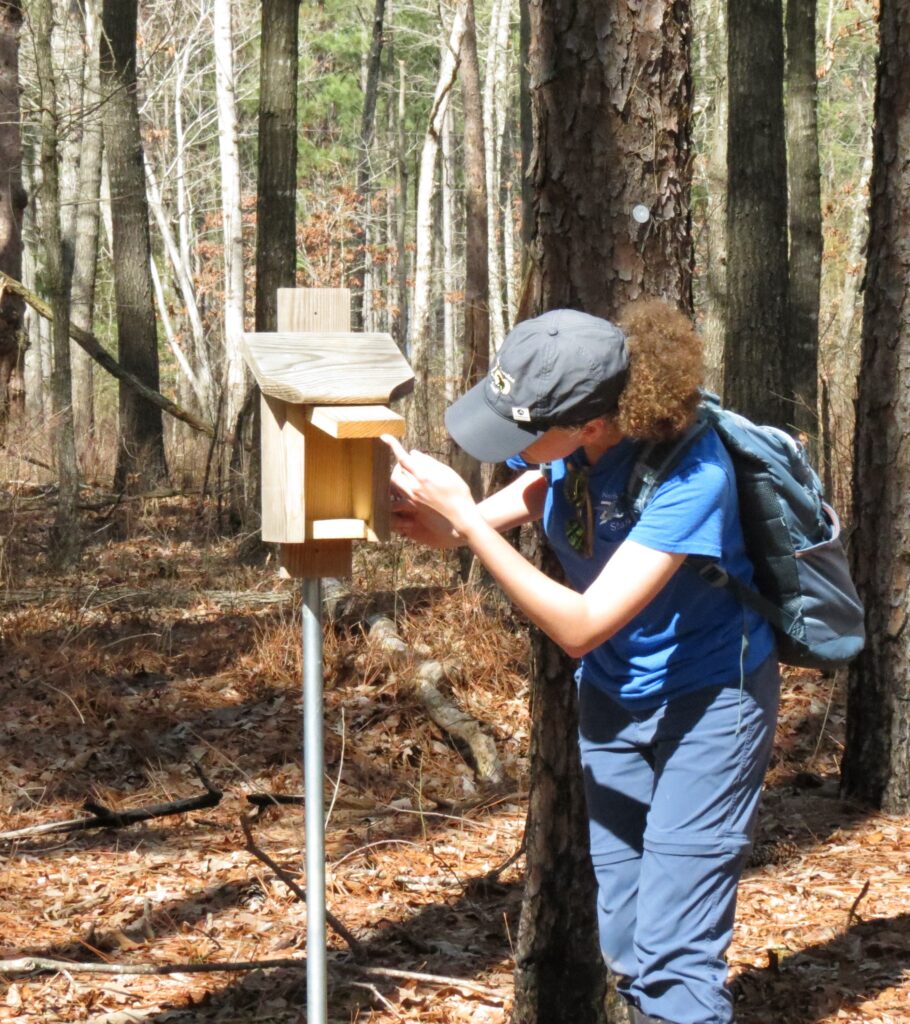
Eli Haines-Eitzen: Eno River Association
Eli serves as the AmeriCorps Education Program Coordinator at Eno River Association in Durham, NC. Throughout his service year, Eli has developed and implemented over 10 monthly place-based environmental education programs for Title I public schools, private groups, and the general public. Eli has also expanded partnerships and service learning opportunities with other local nonprofits, particularly with Urban Community AgriNomics (UCAN).
Currently, Eli is focused on continuing to develop and lead new programs in schools, preparing for two youth environmental education summer camps. Eli is also assisting in the planning and preparation of the Festival for the Eno, scheduled for July. Additionally, Eli is establishing a citizen science monitoring program to engage volunteers in data collection and inform the Eno River Association’s land management practices. Eli is most excited about participating in EnoFest this year and engaging in all the summer camp activities.

Lulu Zeray: Meals on Wheels Durham
Senior Member
Lula is serving her second AmeriCorps year with Meals on Wheels Durham as the Volunteer Services Associate. Throughout the service year, Lula has achieved significant accomplishments in building the capacity of the volunteer program at Meals on Wheels Durham. Lula created the first ever volunteer satisfaction survey, crafted helpful volunteer training videos, developed a new tracking system for recruitment, and collaborated on the strategic planning process of the volunteer program. Lula also created two comprehensive volunteer programs, with one focusing on leadership development opportunity for volunteers and another program to assist in route coverages.
Currently, Lula is actively involved in implementing the two volunteer programs and is in the process of developing two additional leadership opportunities for volunteers seeking to enhance their professional and personal skills.


The Future of Resilience in Central North Carolina
As members contribute to building community resilience, the projects of Resilience Corps NC in Central North Carolina will persist and develop through the years to come. The path to a more resilient North Carolina is achieved through enhancing the capacity of communities at a local level.



